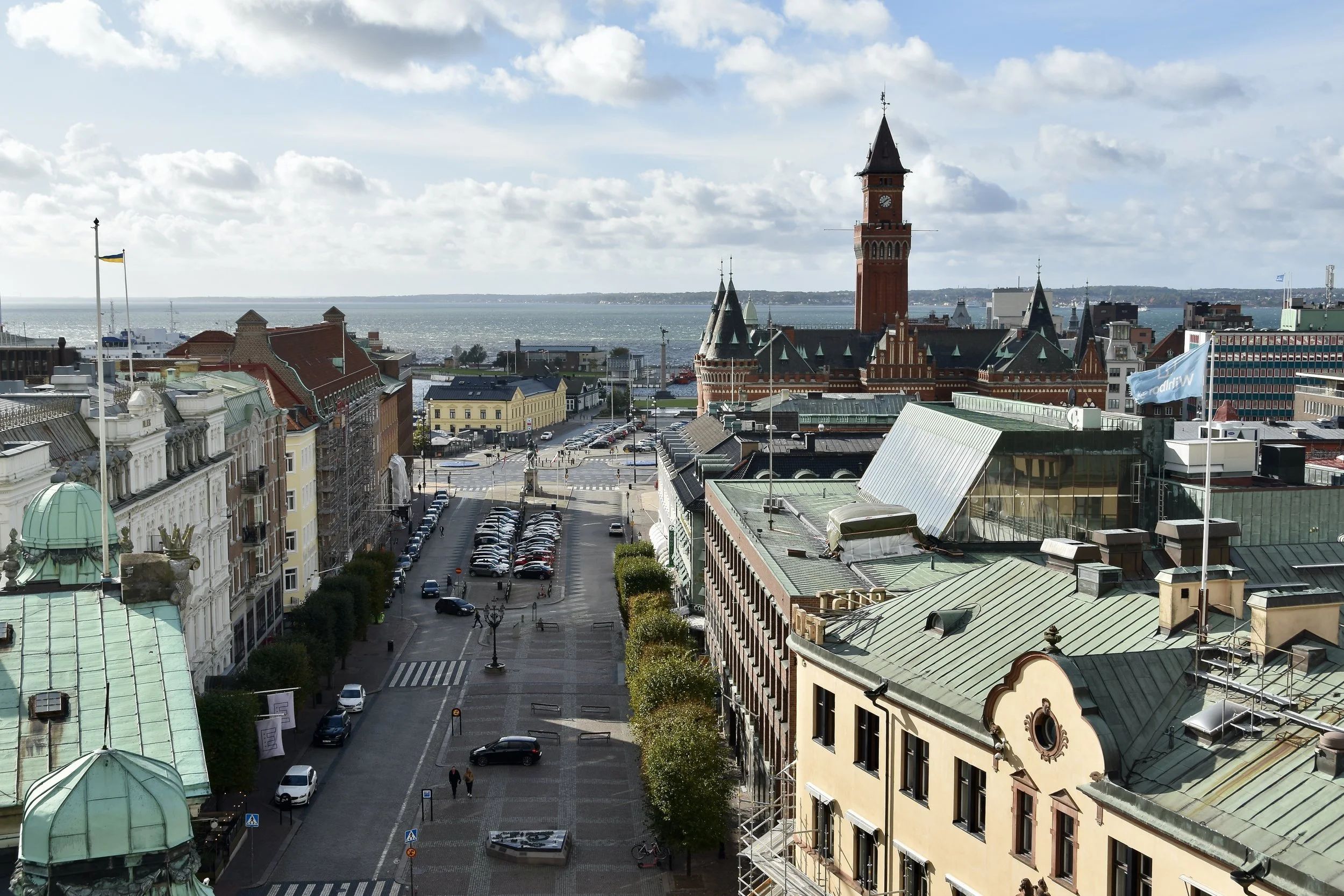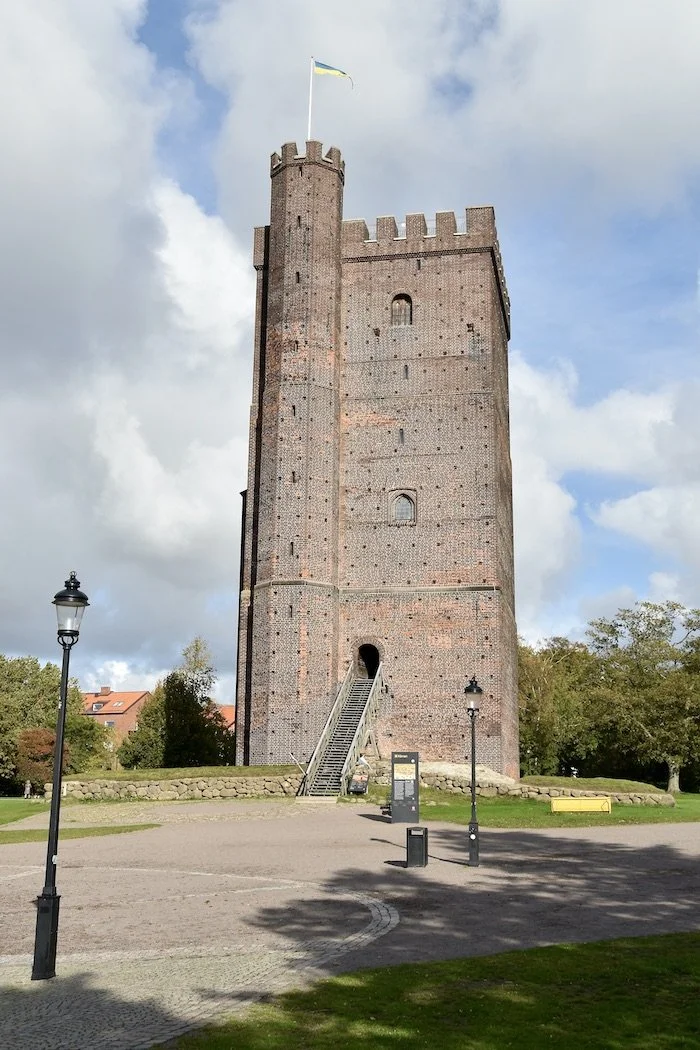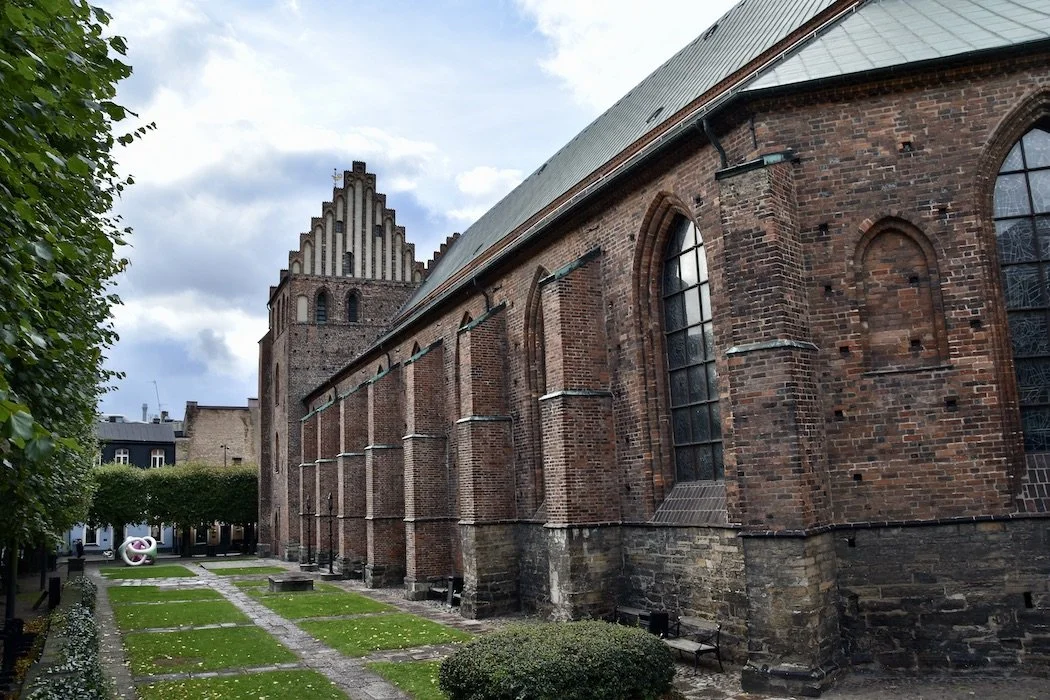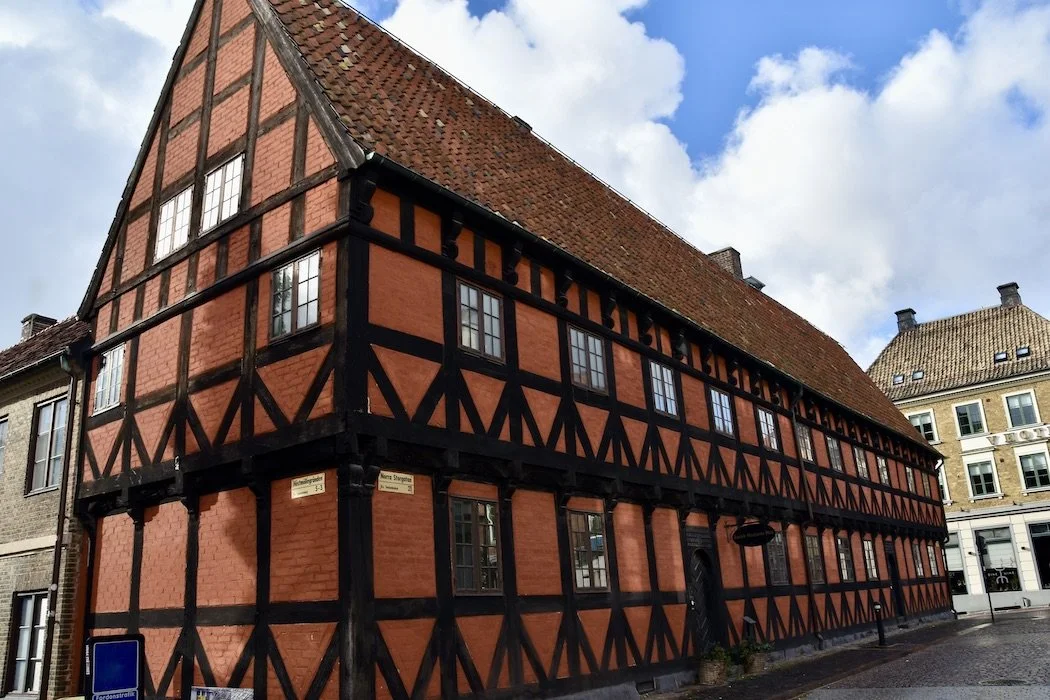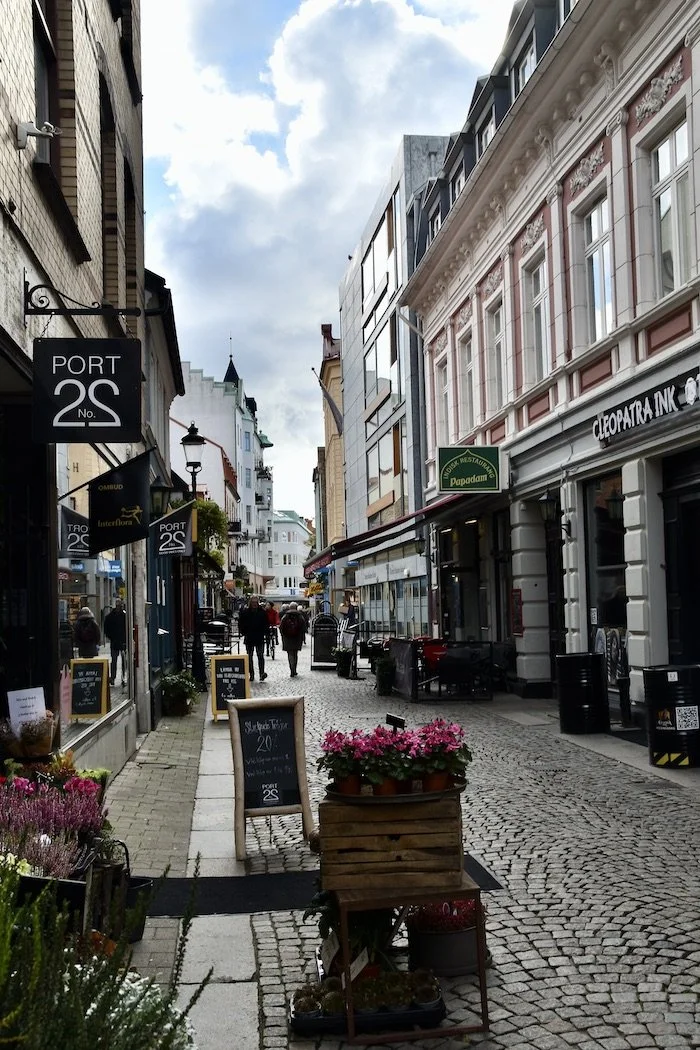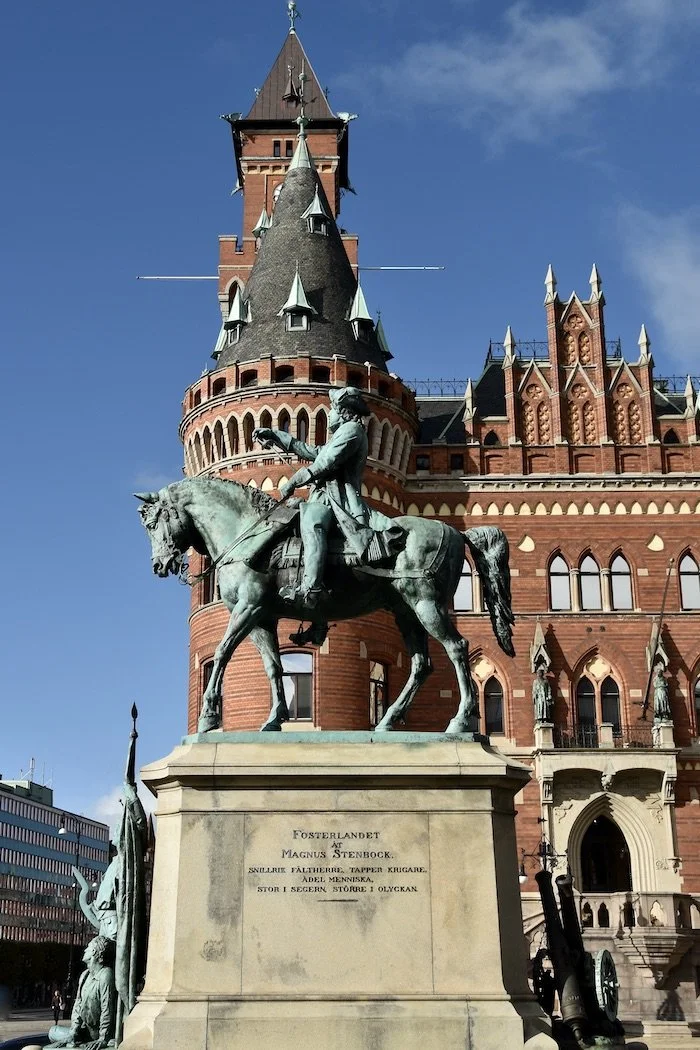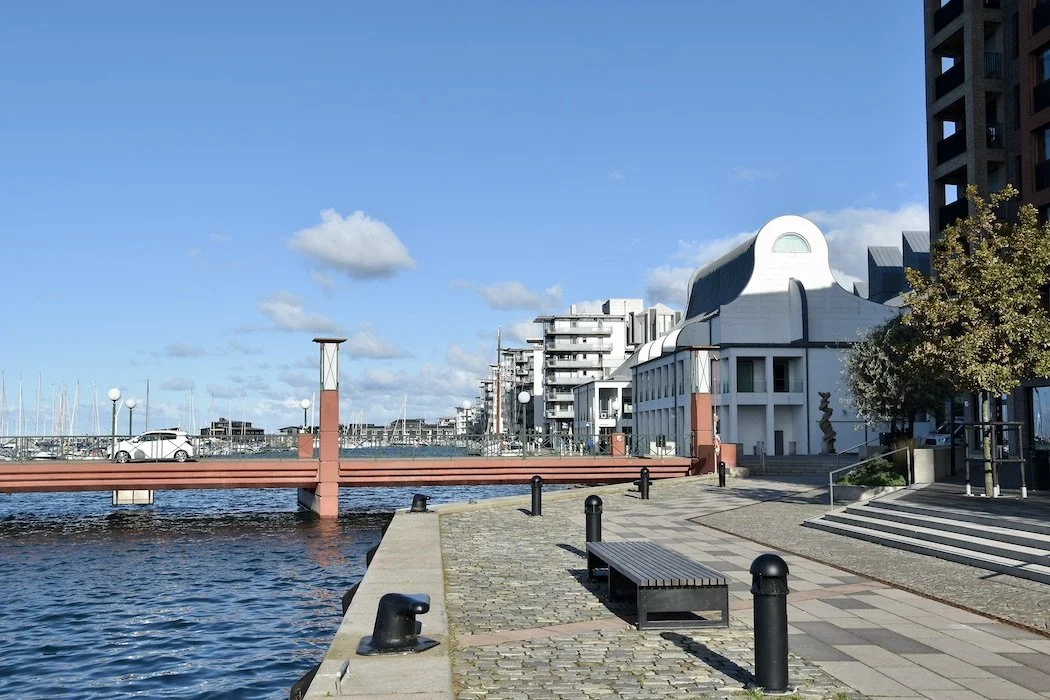Autumn Atmosphere in Helsingborg
Helsingborg and the strait seen from Kärnan hill
“Autumn is a second spring when every leaf is a flower.” — Albert Camus
Situated on the coast at the narrowest part of the Øresund Straight 4 km (2.5 mi) from its sister city of Helsingør (Elsinore), the southern Swedish city of Helsingborg played an important role in Danish history. The stronghold castle on the hill, paired with Kronborg on the opposite bank, was vital to Denmark’s control of the straight for the Crown’s main source of income, namely Sound Dues. Officially settled in 1085, Helsingborg became part of Sweden 600 years later, following Danish defeat in the Dano-Swedish Wars though Denmark attempted twice more to recapture the region, leaving the town to a long recovery.
One of Sweden’s oldest towns, Helsingborg is known for its town center and the city’s landmark, the 700-year-old, 35-meter-high medieval stronghold tower, Kärnan. It is the only surviving piece of the fortress that was once surrounded by a wall with watch towers and a moat. Originally the fortification’s core, Kärnan was both royal receiving quarters and the tallest watch tower. From Helsingborg’s Central Square (Stortorget), the road leads to steps up to the gate. From the terrace, there’s a panorama view over the town and straight that becomes spectacular from the tower’s crinoline top. The tower museum tells its history using ancient and modern techniques, and flower gardens at the hilltop park on the fortress’s former land still bloom in mid-autumn.
Modern Helsingborg is compact with wide avenues parallel to the coastline and small perpendicular lanes leading to squares. Half-timbered houses from the 1600-1700s lend an ancient atmosphere, especially Jacob Hansen’s Hus, a long, leaning red building on Norra Storgatan. Pedestrian streets, including Sweden’s first, Kullagatan, head in two directions from Stortorget. Countless independent specialty shops lure passersby to browse, and little cafés provide ample opportunities to pause for Fika, a Swedish coffee break, especially in Bruksgatan, which ends at the City Park.
One old town square is dominated by Mariakyrkan (St. Mary’s), Helsingborg’s only surviving medieval church, as all others were demolished during the Reformation. Originally an 1100s Romanesque sandstone building, it was dismantled and rebuilt in Gothic style between 1300-1410 using some original stones. On the three-sided Central Square, facing the open side to the ocean, Helsingborg’s notable Neo-Gothic red brick Town Hall, with its tall clock tower, features stained-glass windows depicting episodes in the city’s history. A grand statue in front depicts Magnus Stenbock, who was victorious in the final battle against the Danes.
The city remains an important harbor for Dano-Swedish ferry traffic, with three companies providing daily round-the-clock service for pedestrians, passenger cars, and heavy trucks. Yet, as in many maritime cities, some of Helsingborg’s commercial waterfront has been revitalized. The North Harbor now has a seaside promenade lined with modern apartment buildings, museums, a theater, and the Dunkers Culture House. A cobbled iron bridge leads across the canal to Tropical Beach, which features palm trees in the summer months but does not feel tropical in blustery autumn weather.
Nearby and well worth a visit is Sofiero Palace, a 20-minute bus ride north of town. This royal summer residence has gardens and parkland with year-round appeal yet it is especially alluring in early June when the abundant rhododendrons bloom. A popular 14km-long (8.7 mi) walking path leads directly there, from the Town Hall through beachside and forest landscapes.
Don’t Miss:
Climbing Kärnan Tower for the spectacular view over the city and Øresund Straight in any season and weather.
Serendipity:
Finding the unexpected- expecting to merely climb the tower and finding enlightening museum displays and an interactive exhibit at each level.
Lunch Tip:
The restaurant at Hotel Mollberg for daily French-Swedish fusion specials and a beautiful setting. For Swedish Fika (coffee break): Bruket Kaffebar on Bruksgatan in the city center.
Bedtime:
The Vault Hotel, in an old bank building on Central Square with a unique lobby and an excellent restaurant.
Subscribe for inspiration to have my posts drop directly into your inbox. *If you enjoyed what you read, please share this post with like-minded travelers.*
*All photographs are mine, taken with my Nikon D5600 or iPhone 14 Pro.*

